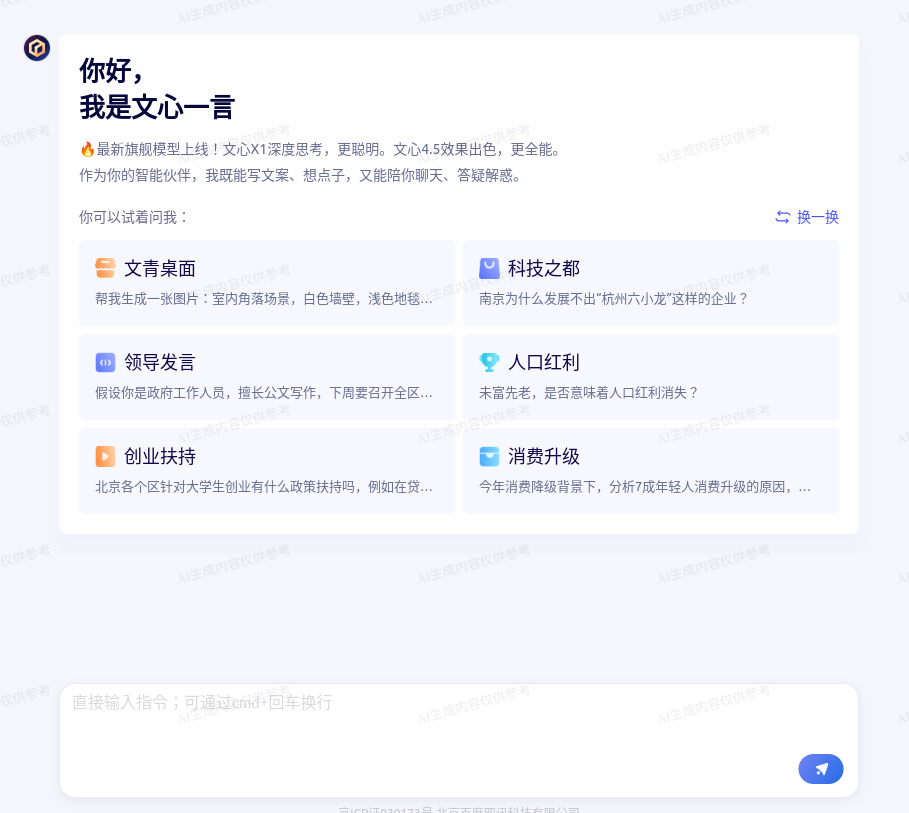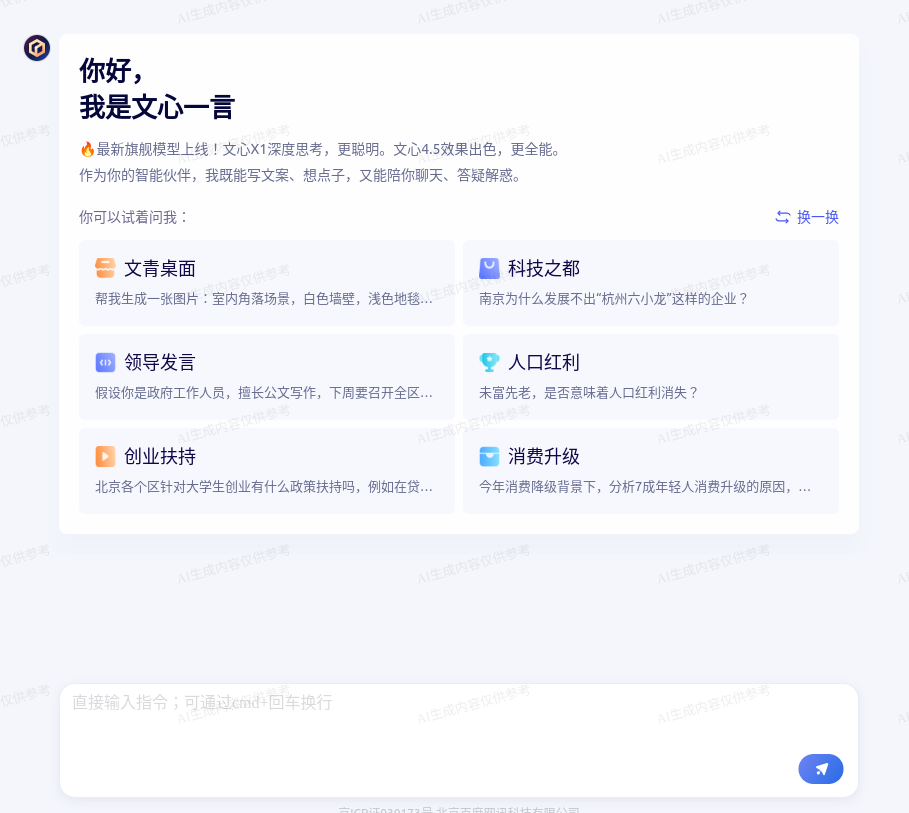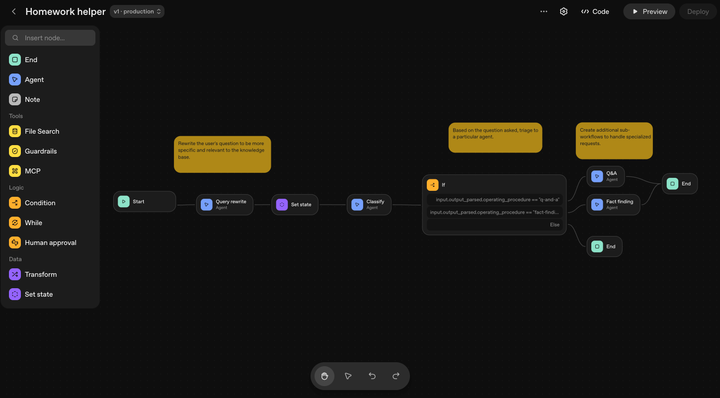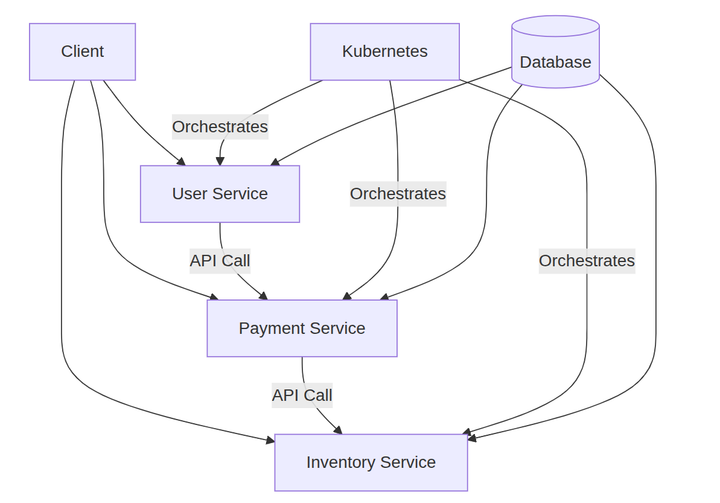Exploring Baidu's ERNIE 4.5 LLM
The Next Evolution in AI Language Models

Artificial intelligence continues to push the boundaries of what machines can achieve, and one of the latest players making waves in this space is ERNIE 4.5.
Developed by Baidu, China’s leading tech giant, ERNIE (Enhanced Representation through Knowledge Integration) has been steadily evolving since its inception, with version 4.5 marking a significant leap forward in natural language processing (NLP).
Thanks for reading ON AI TECH! Subscribe for free to receive new posts and support my work.
But what makes ERNIE 4.5 stand out in the crowded world of AI language models?
Let’s dive in.

What is ERNIE 4.5?
ERNIE 4.5 is the latest iteration of Baidu’s homegrown language model, designed to understand and generate human-like text with remarkable accuracy.
Unlike many Western models like GPT or BERT, ERNIE was built from the ground up with a focus on integrating structured knowledge and reasoning, particularly tailored to handle the complexities of the Chinese language.
However, its capabilities extend far beyond just one language, positioning it as a versatile, multilingual AI powerhouse.
Released as an upgrade to ERNIE 4.0, version 4.5 brings enhanced performance in comprehension, reasoning, and contextual awareness.
Baidu claims that this model rivals or even surpasses some of the top global competitors in specific tasks, thanks to its unique approach to knowledge integration and continuous learning.
Key Features of ERNIE 4.5
- Knowledge-Driven Understanding
ERNIE’s hallmark is its ability to incorporate external knowledge bases into its language processing. While many models rely solely on patterns in their training data, ERNIE 4.5 leverages structured information—like encyclopedic facts or relational databases—to enrich its responses. This makes it particularly adept at tasks requiring deep reasoning or factual accuracy. - Multilingual Mastery
While optimized for Chinese, ERNIE 4.5 boasts impressive multilingual capabilities. It can seamlessly process and generate text in English and other major languages, making it a strong contender for global applications. This versatility is a testament to Baidu’s ambition to compete on the international stage. - Improved Contextual Awareness
One of the standout upgrades in 4.5 is its enhanced ability to maintain context over longer conversations or documents. Whether it’s summarizing a complex report or engaging in a multi-turn dialogue, ERNIE 4.5 keeps track of the bigger picture, delivering coherent and relevant outputs. - Efficiency and Scalability
Baidu has fine-tuned ERNIE 4.5 to be more computationally efficient than its predecessors, allowing it to run on a range of hardware without sacrificing performance. This makes it appealing for businesses looking to integrate AI into their workflows without breaking the bank on infrastructure.
How Does ERNIE 4.5 Compare?
In the AI world, comparisons are inevitable. So how does ERNIE 4.5 stack up against models like GPT-4 or Google’s latest offerings?
While direct head-to-head benchmarks are scarce (and often depend on the task), Baidu has hinted that ERNIE 4.5 excels in knowledge-intensive domains, such as legal analysis, scientific research, and culturally nuanced content generation.
Its edge lies in its ability to “think” beyond raw data, pulling in real-world knowledge to ground its responses.
That said, Western models might still have an advantage in creative writing or open-ended tasks, where training on vast, diverse datasets gives them a broader stylistic range.
ERNIE 4.5, by contrast, shines in precision and reasoning—qualities that make it a favorite for enterprise use cases.
Real-World Applications
ERNIE 4.5 is already finding its footing in various industries. In China, it powers Baidu’s search engine, smart assistants, and content recommendation systems. Beyond that, it’s being deployed in:
- Education: Generating personalized study materials and answering complex student queries.
- Healthcare: Assisting with medical research by analyzing papers and suggesting hypotheses.
- Finance: Enhancing risk assessment and market analysis with its reasoning capabilities.
Globally, its multilingual prowess opens doors for cross-border businesses, translation services, and even cultural preservation projects.
The Bigger Picture
ERNIE 4.5 isn’t just a technical achievement—it’s a symbol of China’s growing influence in the AI race.
While companies like OpenAI and Google dominate headlines in the West, Baidu’s relentless innovation with ERNIE shows that the East is a force to be reckoned with.
As AI becomes increasingly integral to our lives, models like ERNIE 4.5 remind us that competition breeds progress, and diversity in approaches can only benefit the field as a whole.
What’s Next?
With ERNIE 4.5 setting a high bar, the question on everyone’s mind is: what’s coming in ERNIE 5.0?
If Baidu’s track record is any indication, we can expect even tighter integration of multimodal capabilities (think text, images, and beyond) and perhaps a push into more autonomous decision-making.
For now, ERNIE 4.5 stands as a testament to the power of combining human knowledge with machine learning—a formula that’s proving hard to beat.
Thanks for reading ON AI TECH! Subscribe for free to receive new posts and support my work.



Comments ()